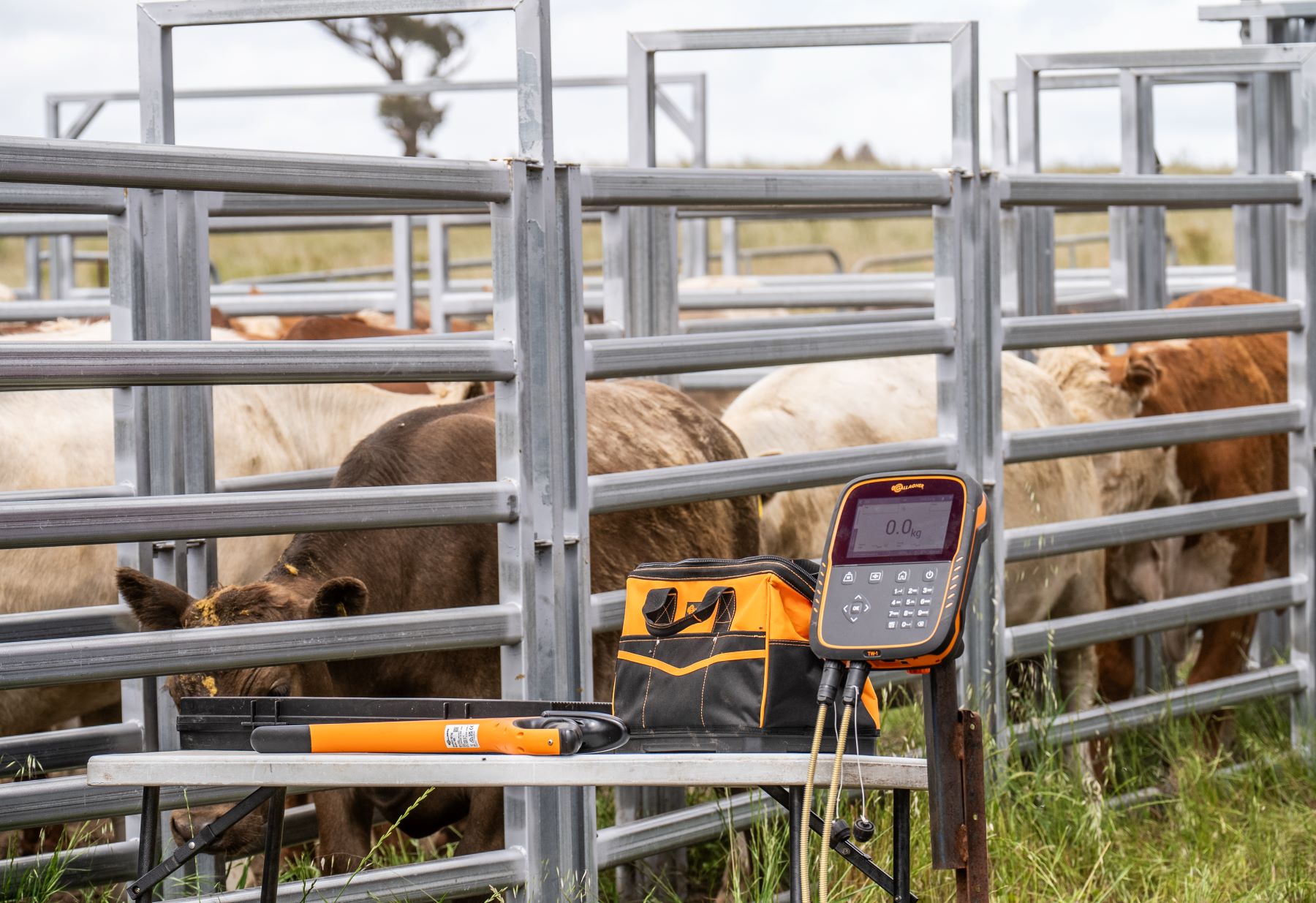The Australian Beef Market in 2025: An Absolute Cracker
In this column in July, the StoneX H2 2025 Australian Cattle & Beef Market Outlook’s bold calls were analysed and assessed for what the final 6...

Adult cattle carcase weights lifted by 1% to 315kg.
Queensland male cattle carcase weights are 5% above the national average.
Female cattle carcase weights have increased by 4% to reach 280kg in 2024.
There has been an increase of 25% in cattle carcase weights over the past 30 years, equating to around 1% carcase weight increase each year, and that trend continued in the past quarter.
Meat & Livestock Australia Market Information Analyst, Emily Tan, said Australian Bureau of Statistics data showed these long-term genetic improvements continued to provide substantial productivity gains in the national herd.
“In the first quarter of 2024, cattle slaughter eased by 2% to reach 1,811,300 head,” Ms Tan said.
“An easing in slaughter has lifted adult cattle carcase weights to 315kg. Male cattle carcase weights reached 345kg, and female cattle carcase weights reached 280kg.”
She said in the third quarter of 2023, male cattle carcase weights peaked at 351kg, after the strongest rebuild seen in 2020–2022.
Queensland male cattle carcase weights were 5% above the national average reaching 378kg.
“This figure correlates to the large number of feedlots, resulting in heavier turn-off weights regardless of breed,” Ms Tan said.
“This is despite Brahmans making up 40% of the northern herd. Victorian carcase weights are 10% below the national average at 320kg in 2024, coinciding with a large number of grassfed cattle and dairy cattle.”
There has also been an increase in female cattle carcase weights by 4%, reaching 280kg.
“This figure is trending above the long-term average, as more heifers are being turned off at a heavier weight,” she said.
“Female carcase weights reached a peak in the third quarter of 2022 reaching close to 290kg
“Victorian female cattle carcase weights are 6% above the national average at 298kg, showcasing the long-term investment into cow genetics combined with a prominent dairy cattle herd in Australia.
“While there is less variance in the female cattle carcase weight, an upward trend indicates the strides in genetic investment that have occurred in the cow population.”
.jpg)
In this column in July, the StoneX H2 2025 Australian Cattle & Beef Market Outlook’s bold calls were analysed and assessed for what the final 6...
.png)
Each December we save the last article of the year for a bit of a crystal ball gaze, as we try to bring together market fundamentals and work out...
.png)
Australia’s wool market posted another strong performance this week, with all micron categories attracting solid support across the three selling...